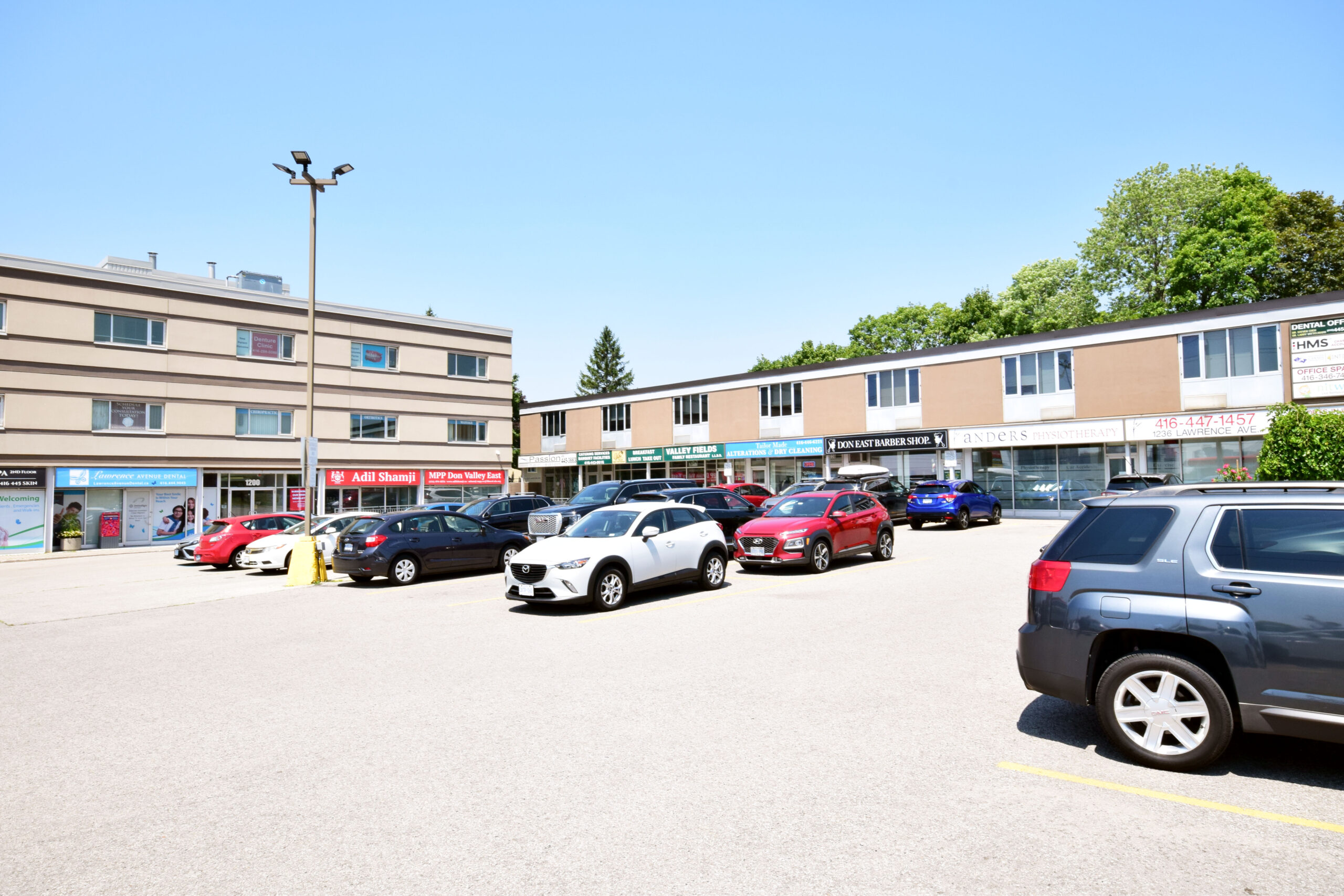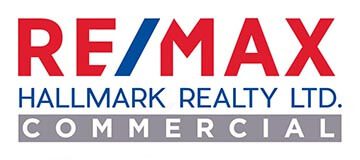Author The Lilly Commercial Team
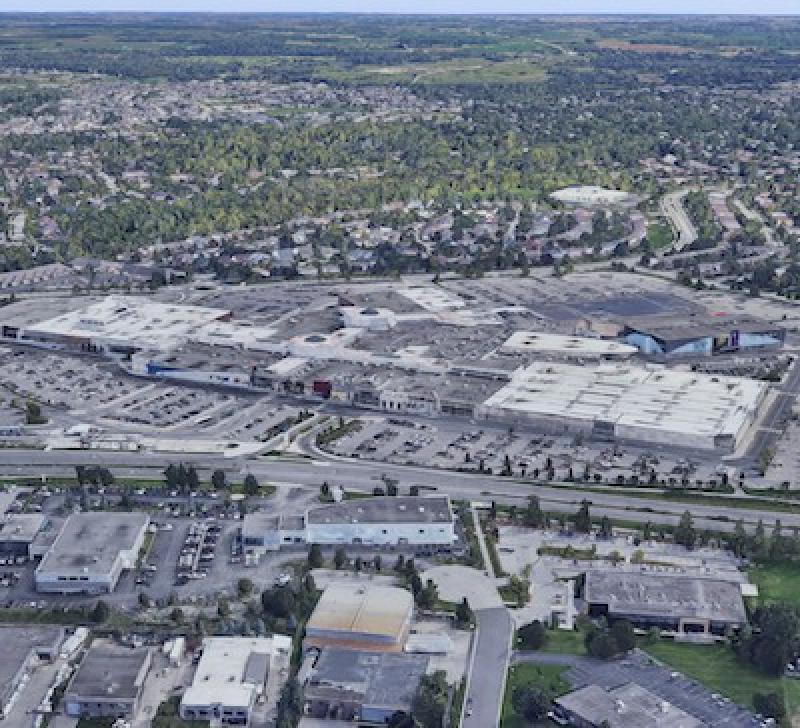
Primaris REIT To Acquire Ivanhoé’s Conestoga Mall for $270M
Primaris REIT has agreed to a “landmark” acquisition of the Conestoga Mall in Waterloo from Ivanhoé Cambridge for $270 million.
The 585,000-square-foot regional shopping centre sits on 49.8 acres of land and features a range of major retailers including HBC, Galaxy Cinema, Sport Chek, Indigo and H&M. It is shadow-anchored by a Zehrs food store with direct access to the mall.
One key feature of the centre is regionally unique retailers including Apple, Lululemon and Nespresso, with other notable tenants including Aritzia, Sephora, Aerie, Old Navy and RW & Co.
“This landmark transaction is the culmination of months of collaboration with Ivanhoé Cambridge, and further validates and demonstrates support for Primaris’ platform, strategy and value proposition,” said Alex Avery, Primaris’ CEO, in the announcement. “Since the inception of Primaris REIT, we have been very clear about the significant opportunity to acquire additional market-leading Canadian shopping centres.
“Primaris is uniquely positioned as a potential buyer, with institutional scale as the third largest owner-operator of enclosed shopping centres in Canada with pro forma assets of approximately $3.5 billion, a very well capitalized balance sheet, a differentiated financial model and a mandate for growth.”
Conestoga Mall features
Conestoga Mall is the leading enclosed shopping centre in the Kitchener-Waterloo region, which is located just west of the Greater Toronto Area.
The property is adjacent to Conestoga station on the 19-station ION light-rail mass rapid transit system.
It boasts an annual all-store sales volume of $180.8 million and has 94.4 per cent in-place occupancy.
Ivanhoé Cambridge also completed a major $46-million redevelopment of the property in 2018.
“Conestoga was identified early in the process of evaluating potential acquisition targets for a number of notable characteristics, including its leading market position, strong sales performance, mass rapid transit connection and its attractive location within a growing market,” said Patrick Sullivan, president and chief operating officer for Primaris, in the announcement.
Primaris management feels that, similar to its existing portfolio, Conestoga Mall offers the opportunity for significant NOI growth potential in coming years. The property is currently unencumbered.
Two areas it identifies in the announcement are to lease up 58,000 square feet of vacant of “temporary tenanted” space, as well as converting tenants on preferred leasing deals to standard leases.
“Our team is very excited to add Conestoga Mall to our property portfolio, with significant income growth potential consistent with the growth we see ahead for our existing assets. With new and exciting retailers unique in the market including Apple, Lululemon and Nespresso, Conestoga Mall is amongst the top-15 most productive malls in Canada and will be highly accretive to Primaris’ overall portfolio quality.”
Rags Davloor, chief financial officer of Primaris, said in the announcement. “Our differentiated financial model, including very low leverage, a low payout ratio and significant retained free cash flow is a major strategic advantage for Primaris.
“We are very pleased to be able to execute a transaction of this quality while preserving our industry leading financial metrics within target ranges.”
Financing the acquisition
Ivanhoé Cambridge embarked on a strategy to divest some of its retail properties several years ago as it moved to further diversify its holdings and reduce exposure in the sector.
“We are very pleased to have executed this transaction with Primaris REIT, given their commitment to continue to unlock the full potential of this established shopping mall in the Kitchener-Waterloo area,” Annie Houle, head of Canada at Ivanhoé Cambridge, said in the announcement. “Primaris REIT’s defined business strategy, experienced management platform and prudent capital management supports this new investment.”
The acquisition is to be financed via $165 million in cash; $25 million of series A units of the trust at a price of either (the lower of) $21.49 per unit, or the NAV per REIT Unit disclosed in the trust’s most recently published financials; and $80 million of exchangeable preferred units in a new limited partnership.
The transaction is expected to close in July, pending a series of conditions including the approvals of the Toronto Stock Exchange and under the Competition Act (Canada).
CBRE acted as real estate advisors and TD Securities acted as financial advisors to Ivanhoé Cambridge. Real Asset Strategies Inc. is acting as investor relations advisor to Primaris REIT.
About Primaris and Ivanhoé Cambridge
Primaris is Canada’s only enclosed shopping centre focused REIT, with ownership interests primarily in enclosed shopping centres in growing markets.
Its portfolio totals 10.9 million square feet valued at approximately $3.1 billion at Primaris’ share.
Ivanhoé Cambridge develops and invests in real estate properties, projects and companies around the world.
Ivanhoé Cambridge holds interests in 1,500 buildings, primarily in the industrial and logistics, office, residential and retail sectors. Ivanhoé Cambridge held $77 billion in real estate assets as of Dec. 31, 2022 and is a real estate subsidiary of CDPQ, a global investment group.
Source Real Estate News Exchange. Click here to read a full story
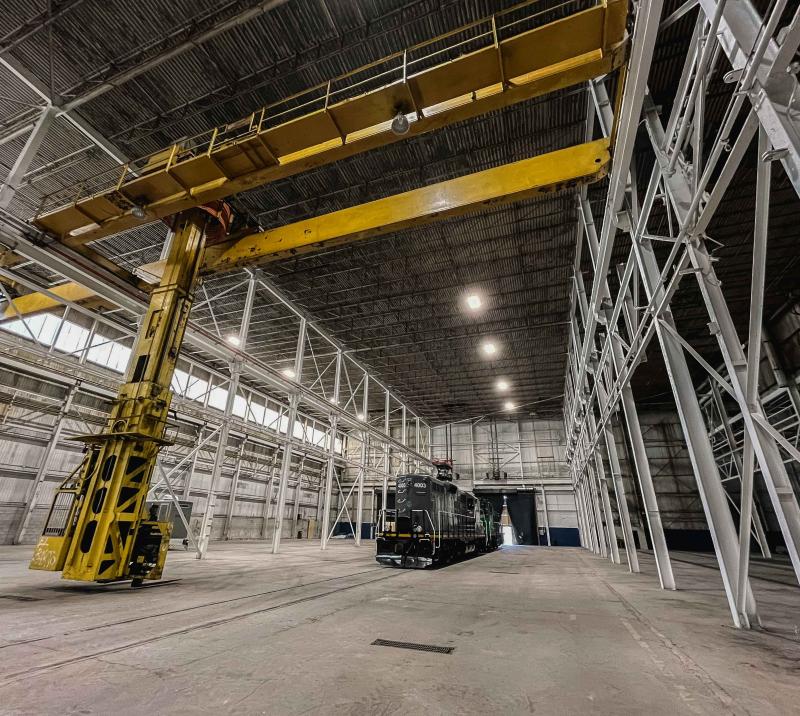
HOPA Ports Re-creating Great Lakes Sites for Modern Industry
HOPA Ports and partners are reinventing legacy industrial spaces for modern users.

Toronto’s Office Space Glut Could Persist for 20 Years
Altus Group study, commissioned by NAIOP, finds vacancy rates rising across the board

Hamilton CRE Transactions Slow in Q1 2023
Downtown land deals, development proposals offer interesting look at city’s future

GTA to See “Significant Oversupply” of Office Space Until at Least 2041
Dwindling demand for office space in the post-pandemic world has increased the risk that there will be a “significant” oversupply in the Greater Toronto Area until at least 2041.
A new report from NAIOP Greater Toronto, prepared by Altus Group, details three hybrid work scenarios — where workers return to the office for two, three, or four days per week — and their effects on the region’s office space.
In each scenario there is a “significant” reduction in demand for office space. The two-day scenario results in 49M sq. ft. of excess space by 2041, while the three-day scenario leads to a surplus of 9.4M sq. ft. The four-day scenario requires only 15M sq. ft. of new space in the GTA, roughly half the pace of demand prior to the pandemic.
In Q1 2023, 6.1M sq. ft. of office space was under construction across the GTA, of which 3.4M was pre-leased. An additional 63 projects are actively pre-leasing, totalling 16.1M sq. ft. of space, of which 3.1M sq. ft. have been pre-leased. Altogether, the development pipeline includes 22.1M sq. ft. of office space. Based on the pace of pre-pandemic absorption, that would have been about 11 years of supply.
Currently, roughly 35M sq. ft. of office space is available to lease in the GTA, more than double the amount in Q1 2020.
Between the amount of new supply already in the development pipeline and the varying demand scenarios, the GTA faces an array of potential vacancy rates come 2041: 16.5% in the four-day scenario, 31.1% in the three-day scenario, and 45.7% in the two-day scenario. In 2016, the office vacancy rate in the GTA was 8.1%.
“The pandemic changed business operations in ways that appear to be permanent –- an increase in hybrid working models that lower the amount of space needed per employee,” said Peter Norman, Vice President and Chief Economist at Altus Group.
With the range of vacancy rates projected for 2041, the report predicts that two distinct markets will evolve, with high-performing buildings functioning as office spaces in the future, and a growing stock of “functionally obsolete” buildings that will be unsuitable for such needs.
Given the current oversupply, number of projects in the development pipeline, and the weak demand for new office space expected over the coming years, the report recommends that policies are put in place to facilitate the conversion of these obsolete office buildings. It also advises that current policies which restrict the redevelopment of office space be immediately dismantled.
“As an association representing office building interests, it is unusual for us to recommend policies that would result in less office space. However, with a likely significant oversupply of office space lasting potentially for decades, governments need to respond to changing work patterns and economic priorities. Many global urban centers are already addressing this challenge,” said NAIOP Greater Toronto President Christina Iacoucci.
“A significant economic development risk facing the GTA regional economy is the oversupply of office space. By pruning older obsolete buildings through conversion and planning flexibility, we can foster the overall sector’s health and help address the housing shortage in the region.”
Source Storeys. Click here to read a full story

Rents Keep Rising, Demand Stays Strong In GTA Industrial Sector
Asset values have almost doubled since 2018, Land & Development Conference panel hears

Office Owners Face Loan Maturity Challenges
A sizable share of office stock in some markets will be subject to maturities over the next three years, according to the latest CommercialEdge report.
The office sector faces challenges as interest rates rise, the economy slows and demand for office space declines. Office owners with loans maturing in the next three years—totaling more than 9,500 buildings and 17 percent of office stock—face an uphill battle. Eight of the top 25 markets surveyed by CommercialEdge will see at least 20 percent of their stock subject to maturing loans in the coming three years, with Atlanta leading the way at 29.1 percent. Recent high-profile defaults by Columbia Property Trust or Brookfield Asset Management may indicate that more pain is on the way for office owners.
National average full-service equivalent listing rates averaged $38.28 per square foot at the end of February, down 160 basis points year-over-year. Average listing rates haven’t decreased significantly despite the quality of space listed and the role of concessions in attracting tenants. Landlords may be cautious about lowering listing rates due to concerns about the impact on property valuations. Meanwhile, the national office vacancy rate continued its upward trajectory, clocking in at 16.5 percent in February, up 70 basis points from the same period last year.
The growth of office-using sectors slowed down in February, with only 19,000 jobs added, a 2.4 percent increase year-over-year. The deceleration is attributed to tech layoffs, with companies such as Google, Microsoft, Salesforce and Amazon reducing their workforce. This will have the most significant impact on San Francisco, the Bay Area and Seattle, but other markets like Austin, Manhattan and Northern Virginia will also feel the effects.
Life sciences drive pipeline growth
Nationwide, the under-construction pipeline had 123.5 million square feet of new office space under construction, or 1.9 percent of total stock, according to the CommercialEdge office report. An additional 271 million square feet was in the planning stages, but some of these projects may be delayed or canceled due to remote and hybrid work becoming more prevalent.
However, the life science sector is thriving, particularly in Boston, the Bay Area and San Diego. As of February, Boston had more than 13.5 million square feet of office space underway, accounting for 5.6 percent of total stock; San Diego followed with 4.6 million square feet underway, or 5.0 percent of stock, then the Bay Area with 5.9 million under construction, representing 3.0 percent of stock. Meanwhile, office investment in the first two months of 2023 totaled $4.6 billion.
Source Real Estate News EXchange. Click here to read a full story
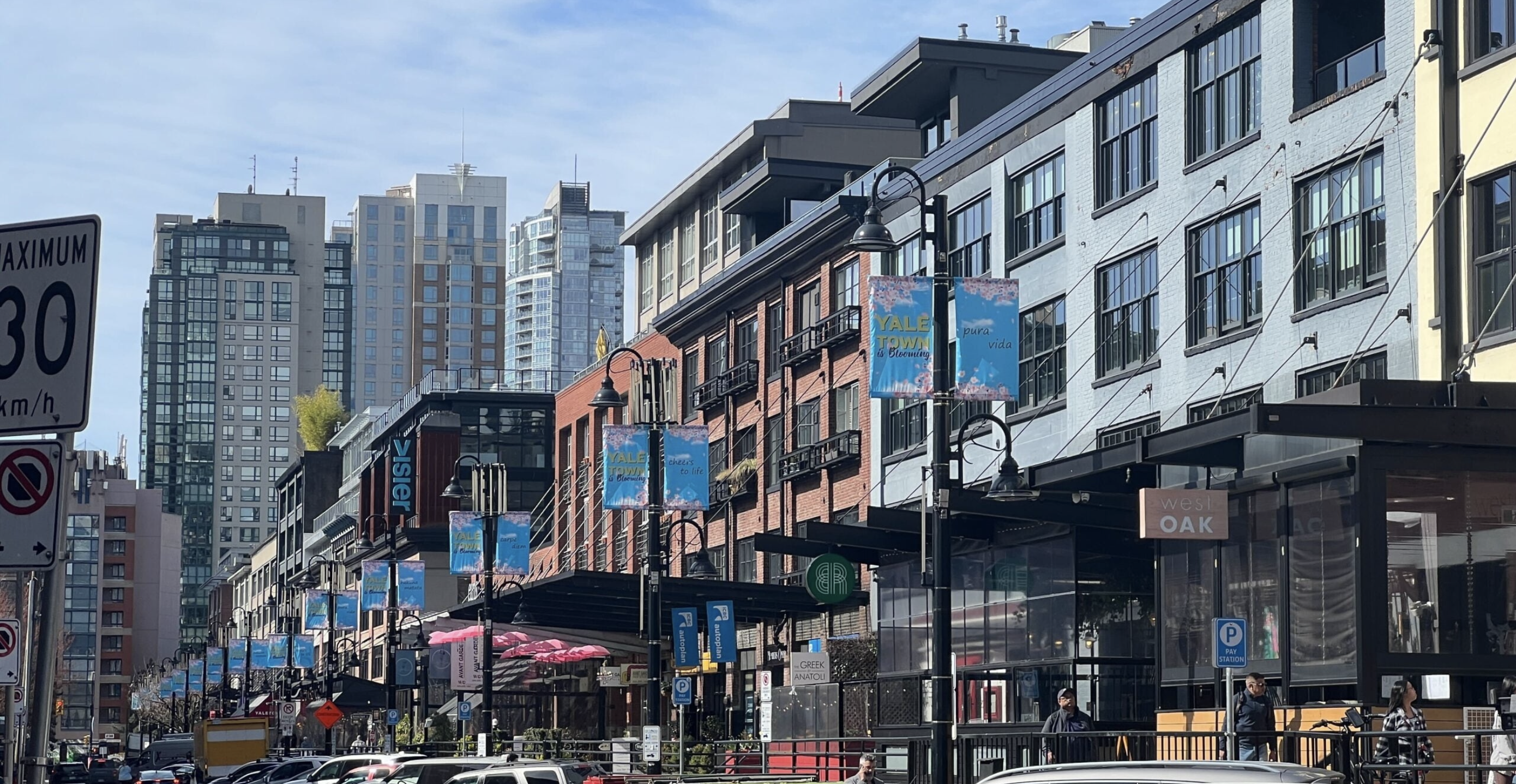
Canadian Retail Sales Growth For 2023 Expected To Be ‘Modest’ Following Record-Breaking Numbers Two Years Prior
After a difficult 2020, Canadian retail sales broke a new record in 2021 and did so again in 2022.
The question is, “will 2023 follow suit?” With consumer confidence declining and the gap between household debt and savings widening, retailers face a few hurdles, says a new report by Colliers Real Estate Management Services.
The ‘Seeing the forest for the trees: modest retail growth in 2023’ tenant survey report.

The report has four key takeaways:
- Tenants’ desire to increase retail space suggests already low vacancy rates will decline by one per cent nationally over the next 18 months;
- Retailers indicate that 2022 was slightly profitable for their business, with the majority expecting a modest increase in profitability in 2023 due to declining inflation;
- Five lessons from profitable retailers:
(i) have physical stores,
(ii) build an e-commerce platform,
(iii) connect the physical store with the e-commerce platform,
(iv) incentivize in-store pick-up, and
(v) share the cost of returns with customers;
4. While retailers are predicting modest growth, abnormal patterns of consumer spending caused by the pandemic make it more difficult to predict exact levels of growth.
Jane Domenico, SVP & National Lead, Retail Services Real Estate Management Services for Colliers, said the expectation is that sales growth will be moderate this year in Canada.
“One of the reasons is the consumer is going to start acting a bit more like a normalized consumer pre-COVID. That’s one of the things that really surprised us in 2022. With inflation going up and the savings rate going at the same time, and negative consumer confidence, we weren’t expecting as strong at the end of the year for 2022,” said Domenico.
“We think sales will be at or better than 2023 but not the huge year-over-year growth that we saw the last two years and that’s both e-commerce and bricks and mortar sales.”

Here are some of the key trends identified by the Colliers report and commentary on those trends:
Tenants’ desire to increase retail space suggests already low vacancy rates will decline by one per cent nationally over the next 18 months.
“Tenants were asked whether the pandemic changed the importance of physical retail space for their business. While the majority (57 per cent) of survey respondents indicate a desire to keep the same amount of space, the difference between those looking to increase (15 per cent) and decrease (nine per cent) – and the square footage – suggests that the vacancy rate will decline by one per cent nationally. This is consistent with our Q4 2021 report. New entrants to the Canadian market will support a further reduction in vacancy, likely placing upward pressure on retail rents in certain markets,” said Colliers.
Retailers indicate that 2022 was slightly profitable for their business, with the majority expecting a modest increase in profitability in 2023 due to declining inflation.
“When asked to rank their profitability on a scale from one to five (one being extremely unprofitable and five being extremely profitable), retailers averaged a 3.1. This is likely the result of inflation increasing business expenses, while reducing consumers’ discretionary income. Retailers are more optimistic for 2023, with profit expectations shifting from a weighted average of 3.1 to 3.6, likely due to expectations that inflation will be reduced,” said the report.
Five lessons from profitable retailers
Have physical stores: 87 per cent of retailers find in-store shopping to be the most profitable, followed by Buy Online Pick Up In Store (BOPIS).
Build an e-commerce platform: Retailers with an e-commerce platform were almost twice as likely to be profitable in 2022.
Connect the physical store with the e-commerce platform: Retailers that connected their physical store with their e-commerce platform were 35 per cent more likely to be profitable in 2022.
Incentivize in-store pick up: Retailers indicate some customers spend up to 35 per cent more than their original online purchase when they pick up in-store.
Share the cost of returns with customers: Retailers who shared cost of returns with customers were 40 per cent more likely to be profitable in 2022.
While retailers are predicting modest growth, abnormal patterns of consumer spending caused by the pandemic make it more difficult to predict exact levels of growth.
“The pandemic altered traditional patterns of consumer spending. The pandemic closed the gap between household savings and debt, which supported record high retail sales in 2021 and 2022. As household debt and savings trend towards pre-pandemic levels, this will have an impact on retail sales,” said Colliers.
“Traditionally, consumer confidence is an indicator of what to expect in retail spending. When consumers express confidence in the economy, they are likely to spend more, while pessimism is a sign that savings rates will increase. In 2022, a rare break from tradition saw retail sales actually increase despite declining consumer confidence. This is likely due to pandemic savings permitting greater spending. That said, as pandemic savings decrease, we are likely to see a return to the historic correlation between consumer confidence and retail spending.”
The Colliers report said Canadian retail sales in 2022 were the highest on record, totaling over $735 billion. This level of spending was fueled, in part, by pent up demand and higher than normal saving rates during the pandemic. That said, high inflation limited retailer purchasing power and diminished profits, said the report.
E-commerce as a percentage of total Canadian retail sales sits at approximately six per cent and is forecasted to grow to approximately eight per cent by 2025, said Colliers.
“For several years, the growth in e-commerce was expected, by some, to come at the expense of brick and mortar. As we reported in January 2022, e-commerce and brick and mortar are “friends, not foes,” and unification is necessary to drive overall growth. Brick and mortar sales were $693B in 2022, representing a nine per cent increase over 2021. This is consistent with the growth we’ve witnessed over the past eight years, the only exception being 2020, due to the severity and length of lockdowns nationwide,” explained the report.
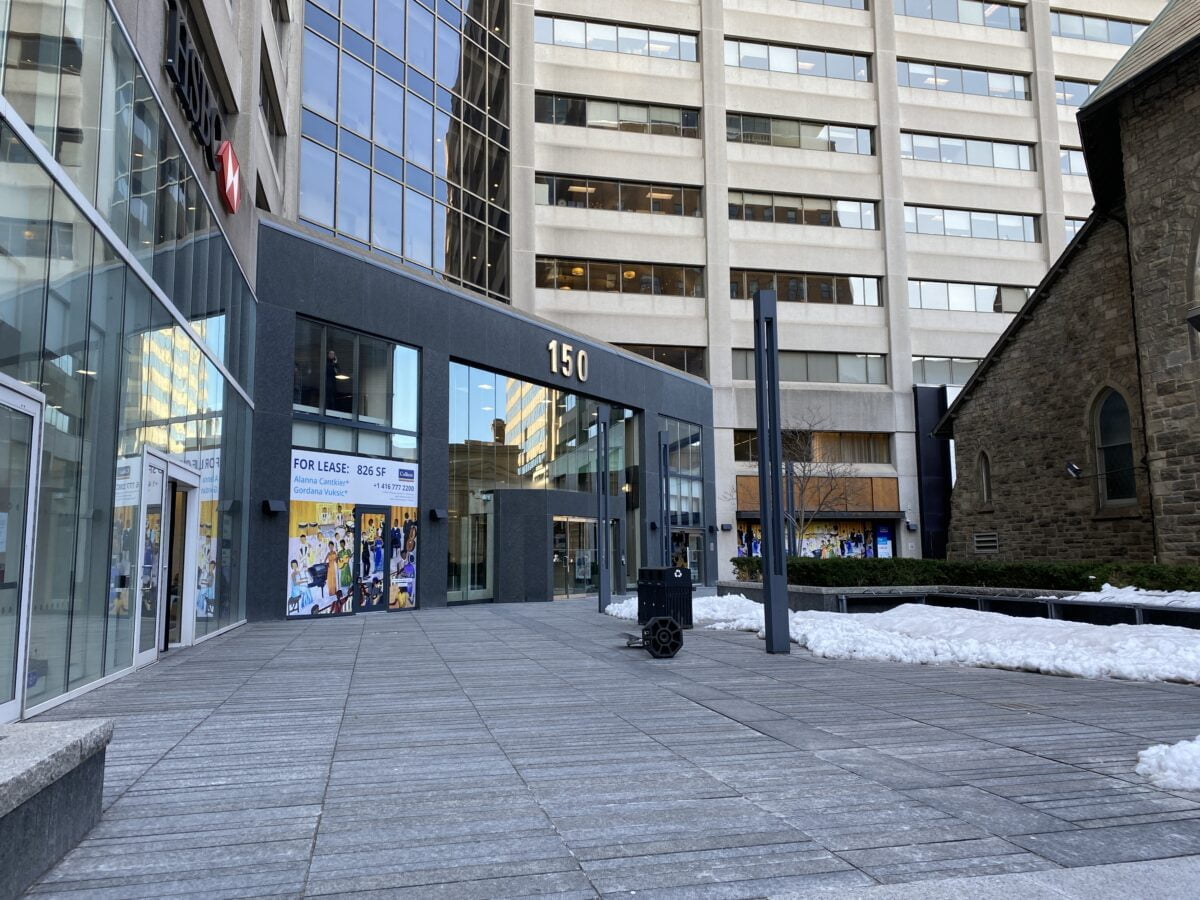
“Consumers are predicted to return to pre-pandemic spending patterns this year, with sectors that facilitate experiences, such as full-service restaurants and apparel, primed for growth.
“While the pandemic changed typical spending behaviour, sales demonstrate we are returning to pre-pandemic spending patterns. Retail sectors that performed poorly during much of the pandemic, including full-service restaurants and apparel, are primed for growth in 2023. Other sectors, such as convenience stores and used cars, are expected to see the highest decline in sales.”
Some other key findings from the report:
- 55 per cent of retailers report having an e-commerce platform, with no notable fluctuation over the past year and a half;
- The pandemic increased the adoption of e-commerce platforms. At the beginning of 2020, 27 per cent of retailers cited having an e- commerce platform, whereas that number is 55 per cent today, with another nine currently developing one;
- Retailers who have an e-commerce platform were almost twice as likely to be profitable in 2022, and those with omnichannel capabilities were 35 per cent more likely to be profitable;
- Retailers who have an e-commerce platform indicate that on average, online sales encompass 18 per cent of their total sales and they expect it to grow to 25 per cent by 2025;
- 54 per cent of retailers face persistent supply chain issues;
- Almost half of retailers’ report using their physical units for more than just in-store shopping;
- 87 per cent rank in-store shopping as the most profitable mode of fulfillment, followed by Buy Online Pick Up In Store (BOPIS), and delivery to customers’ homes being the least profitable.
Source Retail Insider. Click here to read a full story

Goodwill Planning To Open Dozens Of Stores In Canada As Thrifting Grows
Goodwill, the number one global brand in resale, is looking to expand in Canada by opening more than 40 stores within the next five years due to the increased popularity of thrift shopping.
“In the last decade I have seen a change and particularly since Covid as there has been more ethical shopping and people wanting to shop with conscience and because thrift enables reuse, recycle, and repurposing – they are obviously more ethical than fast fashion which is one of the world’s biggest polluters. We can reduce new and increase reuse and everybody knows it is better,” says Kelly Duffin, the President and CEO of Goodwill, The Amity Group.
Rise in Resale

Duffin said resale is one of the fastest growing segments in fashion and today it is mostly fuelled by young adults between the ages of 18 to 35 who are looking to buy fashion at a lower price, want to shop ethically, and who also enjoy looking for unique and personalized looks that you can’t find anywhere else.
Customers can find a variety of unique products such as clothing, jewelry, paintings, musical instruments, and vintage items.
“There are also very real vintage things at Goodwill such as vintage lego, old computer games, old computers, typewriters, and other collectables – those would probably be the things that are special to people and unexpected.”
New Locations

Within the next five years, Goodwill is looking to add more than 40 stores in Canada and more than 75 new donation centers. Each storefront is approximately 20,000 square feet and each donation center is around 2,000 square feet. In total, Goodwill is looking to expand its footprint by adding a million square feet of retail and over 300,000 square feet in light industrial and warehouse space.
So far, Goodwill has three confirmed new locations in Ontario including Niagara Falls which will be opening next month, Waterloo which will open in May, and Burlington which will be announced at a later time. Along with these, Goodwill is adding three storefronts and donation centers in Quebec and they will be in Gatineau, Montreal, and Quebec City. Duffin says more will come as there are more locations in negotiation, especially in Quebec, Ontario, and Alberta.

In Quebec, the key areas of growth Goodwill is looking at will include Montreal, Gatineau, Quebec City, Trois Rivieres, Drummondville, Victoriaville, and St. Hyacinthe.
In Ontario Duffin said they are looking at expanding further into London, Cambridge, Hamilton (including Stoney Creek and Waterdown), Burlington, Oakville, Milton, St. Catharines, Fort Erie, Dunnville, Welland, and Thorold.
And lastly in Alberta, it is looking into areas such as Calgary, Edmonton, and Red Deer.
Duffin says with each new location, the retailers surrounding it will also benefit because it will draw in more customers: “We are also a traffic driver as our age demographic is what landlords want to pull into their sites. We can be an anchor and we can also be very complimentary to retail stores including to higher end retailers.”
The Thrill of the Treasure Hunt

“It is the ability to find something unique and it is the thrill of the hunt because you actually don’t know what you are going to find. You can say you want to buy a pair of jeans because we do have that, but what you stumble across on your way is really unique and allows you to represent yourself in fashion that is different from other people as it is really a matter of self expression.”
The treasure hunt has become very popular and people are enjoying the thrill of the hunt and want to spend money in a way that reflects their ethical values, Duffin says. Treasure hunting has been seen a lot on social media channels, even live treasure hunting, where someone walks into a thrift store and shows everyone what items they find and how much the original price was. Treasure hunters usually look for vintage items, designer label clothing, old electronics, and more. In Canada, a woman went treasure hunting with her followers and bought a dress that was only $17 to find out later it could be worth up to $10,000 as it was a Vintage Versace dress.
How to Donate

People can donate items at any store as each has a donation center. You have the option to pull up or walk in and someone will receive your donation. The other way is to go to its standalone donation locations where it is used for only dropping off donations and not for shopping.
All storefronts and donation centers are fully staffed as Duffin says Goodwill is not an organization that has a lot of unattended bin collections as they prefer to personally receive the donations from people and to thank them.
“Goodwill is the number one global brand in resale and we have an extensive history as we were founded in 1902, so we have been around a while and this is the opportunity to get on board with that is only a growing trend. Don’t be held back by misconceptions of your grandmother’s thrift store – get on board with the way shoppers are shopping now.”
Source Retail Insider. Click here to read a full story

Dollarama Profit Jumps Nearly 19% as High Inflation Drives Canadians to Discount Retailer
Inflation-weary Canadians looking for deals are continuing to visit discount stores more often – a trend that helped boost profits at Dollarama Inc.DOL-T -0.41%decrease
DOL-T -0.41%decrease
by 18.8 per cent in the fourth quarter, and drove sales growth exceeding the company’s targets.
The Montreal-based retailer reported on Wednesday that net earnings grew to $261.3-million or 91 cents a share in the 13 weeks ended Jan. 29, compared with $220-million or 74 cents in the same period the prior year. Both sales and earnings growth beat analysts’ expectations.
The company also announced a 28-per-cent hike to its quarterly dividend paid to shareholders, to 7 cents a share.
The growth in Dollarama’s sales has been driven by more frequent transactions at its stores, as people shop more often and the chain draws in new customers. Chief executive officer Neil Rossy told analysts on a conference call that he believes the stores can hold on to some of those gains in market share if customers are satisfied that Dollarama’s products are of a comparable quality to pricier items they might buy elsewhere.
“We really do see just a general trend, an interest in checking the value that we’ve always offered to different groups of people that may not have felt any need to shop at a Dollarama, although that breaks my heart,” Mr. Rossy said.
Over the past year, the retailer has introduced higher price points up to $5 for products on its shelves, both to offset rising costs – such as for shipping and raw materials – and to bring in new items it could not offer at its previous maximum price of $4. Among the products it now sells with a $5 price tag are yoga mats, shoe racks and gardening trellises. Mr. Rossy said on the call that the new price points have been “well accepted” by shoppers.
In a statement on Wednesday, the company said these new price points and updated products helped to drive sales up, as did shoppers’ demand for “consumables” such as food and household products. Comparable sales – an important metric that tracks sales increases not driven by new store openings – grew by 15.9 per cent in the fourth quarter. For the full year, comparable sales were up 12 per cent, blowing past Dollarama’s previous guidance, which predicted sales growth between 9.5 per cent and 10.5 per cent for the year.
Total sales grew by 20.3 per cent to $1.47-billion in the fourth quarter. For the full year, sales were up 16.7 per cent to $5.05-billion, largely because of an increase in the number of stores. Over the past year, Dollarama opened 65 new locations for a total of 1,486 across Canada.
Net earnings for the full year ended Jan. 29 grew to $801.9-million or $2.77 a share, compared with $663.2-million or $2.19 in the prior year.
As inflation continues to make life less affordable for many Canadians, Dollarama executives expect heightened demand at the stores to continue in the first half of this fiscal year, before inflationary effects begin to normalize in the second half. The company’s guidance predicts comparable sales growth between 5 per cent and 6 per cent this year, and higher gross profit margins as freight costs come down. Executives noted, however, that the company continues to face wage pressures that began accelerating in the first half of this year.
Source The Globe And Mail. Click here to read a full story





